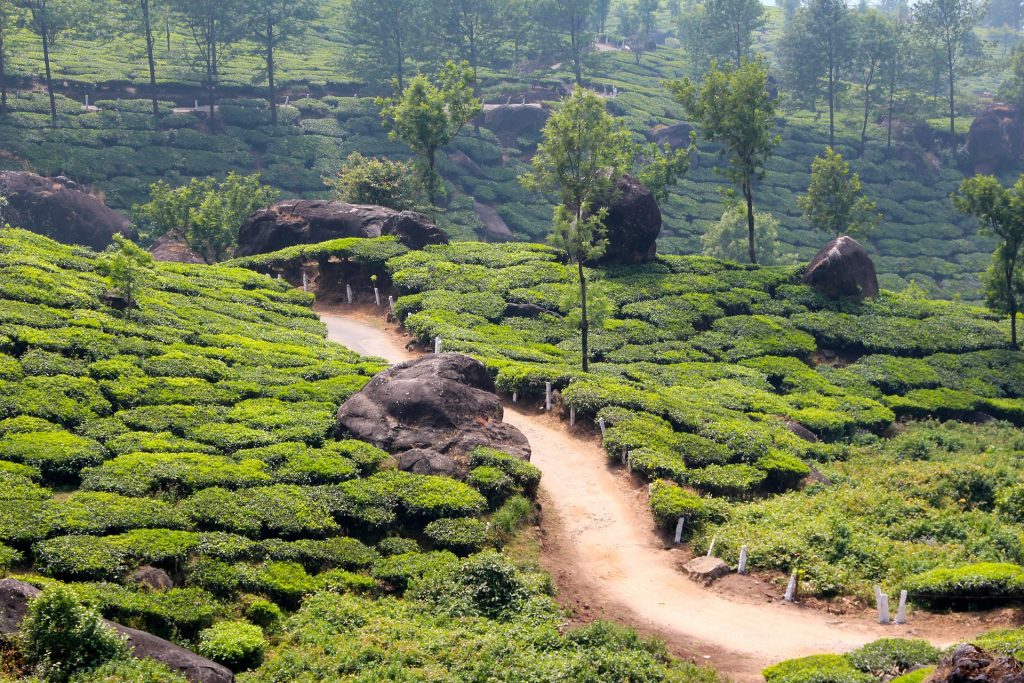For most people, gardening means growing plants outside in the soil and hoping that slugs and other pests will not destroy them. Soil is a plant’s natural habitat, but for growth, a plant really only needs oxygen and light. It needs light for photosynthesis to produce food and its root system uses oxygen for respiration – a process that releases energy and enables the plant to take in nutrients from water.
Hydroponics is the cultivation of plants in water. This has become a popular hobby for amateur gardeners over the past two decades, but really dates from ancient times. The Hanging Garden of Babylon were hydroponic gardens and even the Ancient Egyptians grew fruit and vegetables hydroponically.
Six hydroponic systems
There are six basic hydroponic systems. The simplest is the wick system that draws in nutrients in water solution through a wick attached to a reservoir. The plants are placed in a grow tray with a growing medium that may be inorganic such as perlite, vermiculite, sand or gravel, or organic like coconut husks. In a water culture system, the plants are fixed to a Styrofoam platform that floats above the nutrient solution. This is an ideal way to grow lettuce. An ebb and flow system works by the periodic flooding of the grow tray with the nutrient solution. In a drip system, a timer turns on a pump and drips nutrient solution onto the base of each plant. The nutrient film technique uses a constant flow of nutrient solution onto the plant roots. The sixth and most high tech is the aeroponic system. Plant roots hang in the air whilst a nutrient solution is misted over them.
Recreating sunshine
Lighting is the most expensive part of indoor or alternative methods of plant growth. Lamps have been designed to simulate the natural light plants need in the early stages of their growth and some reproduce seasons and harvest time. These lighting systems have long relied on high intensity discharge (HID) lamps that use an electric arc to produce light. Metal halide and high pressure sodium lamps are part of this group. LED Technology became the high tech, new kid on the artificial lighting block until it was usurped by light emitting plasma (LEP).
Correct light arrangements
LEP lights have no moving parts or fans and have a long lamp life of more than 30,000 hours. This is their advantage over the more bulky HID systems. But the older technology, together with all attachments such as reflectors and ballast, can provide up to 1,000 watts of good sunlight. However, it is important to keep the correct distance between the plant and the light so that the plant has enough light to grow but is not burned from the lamp heat.

